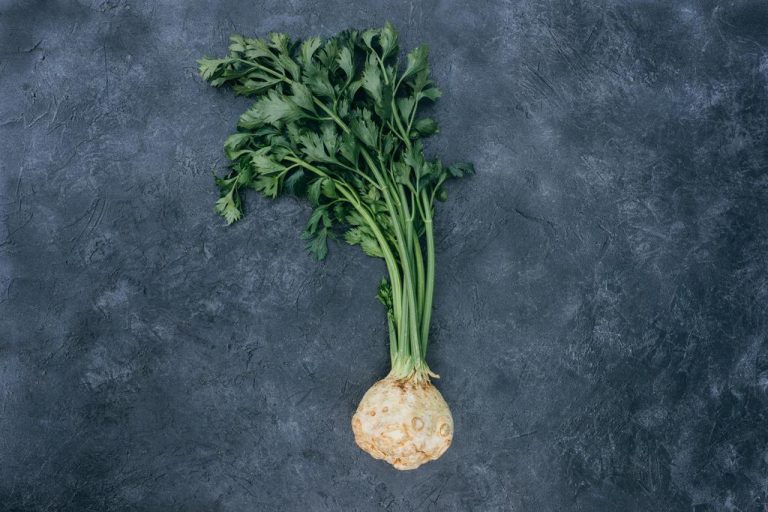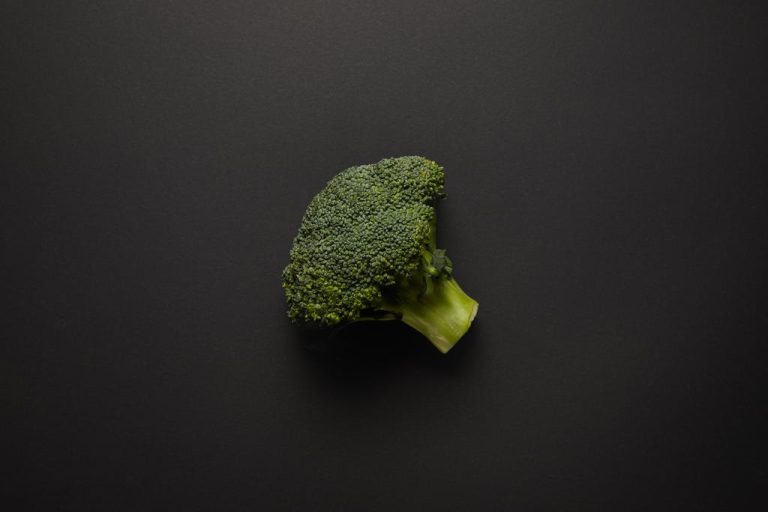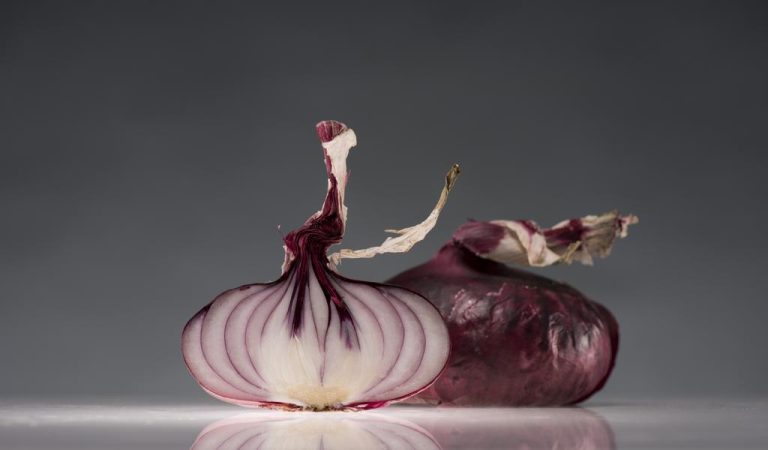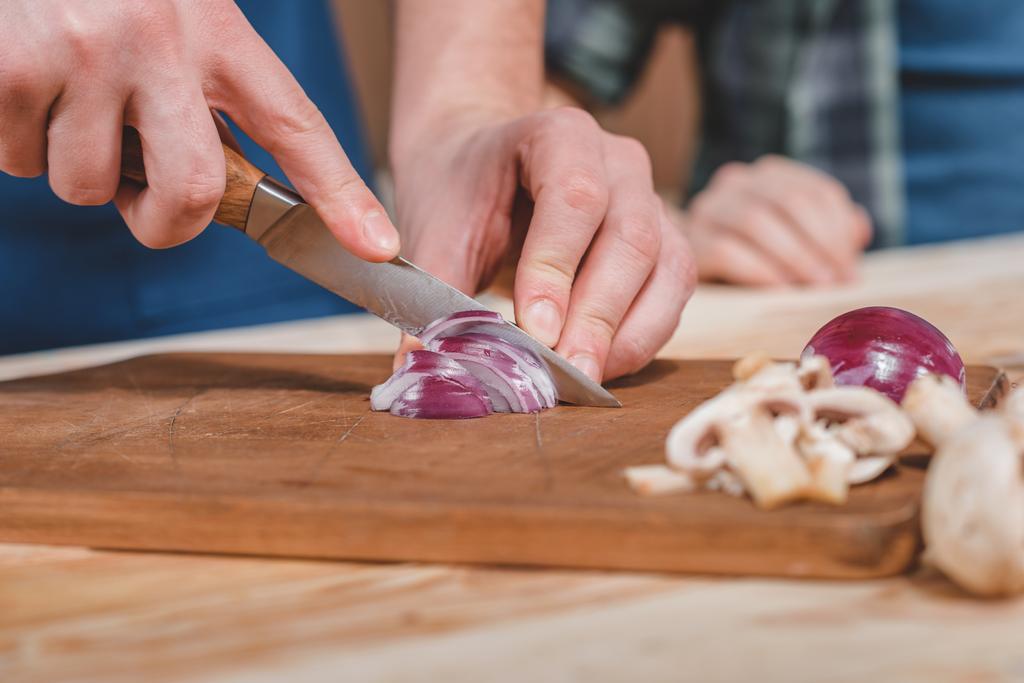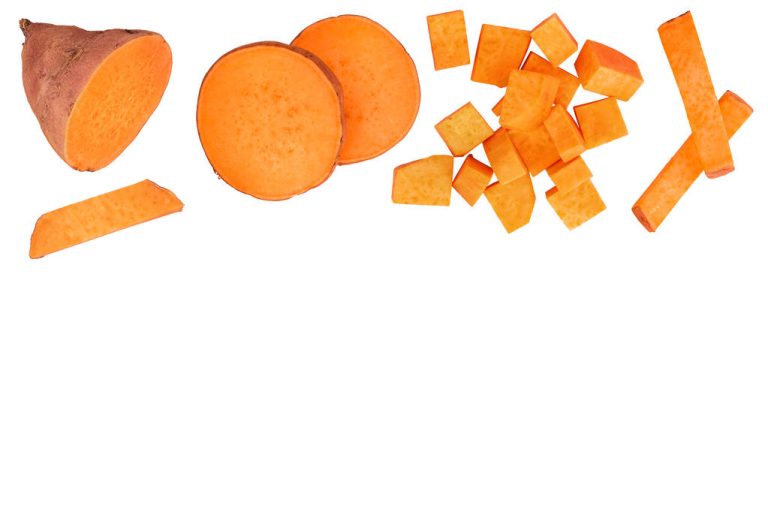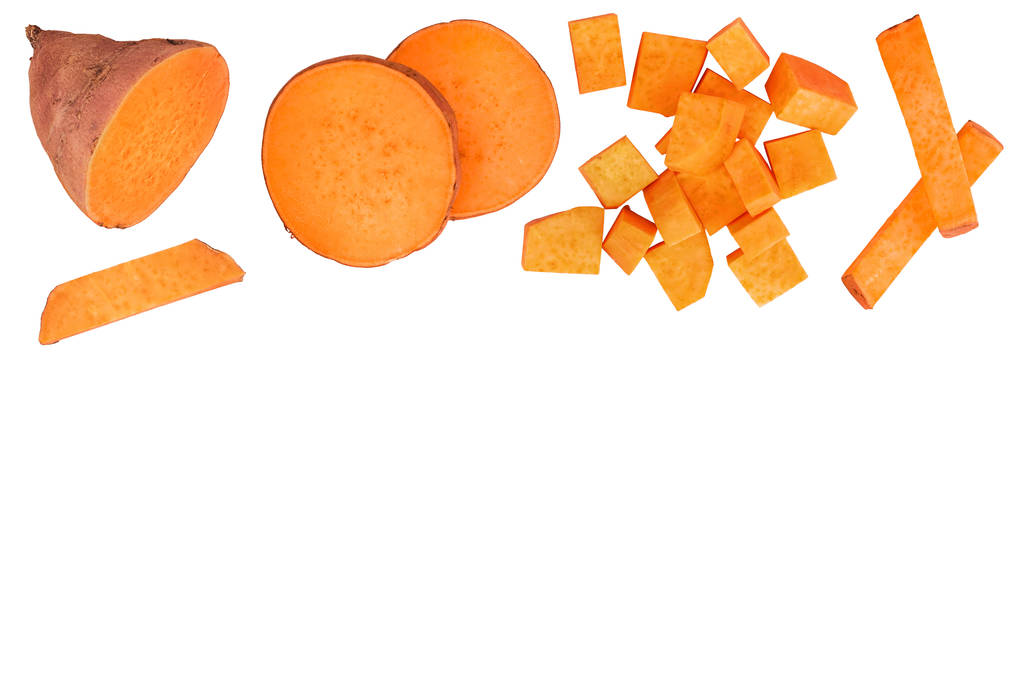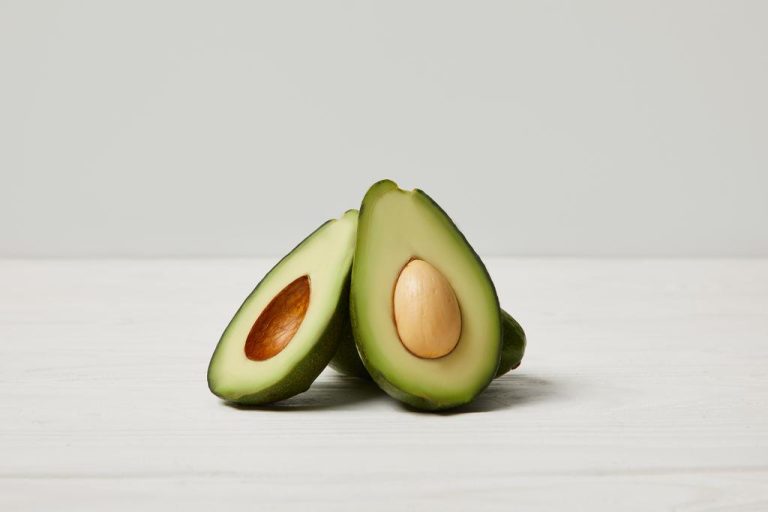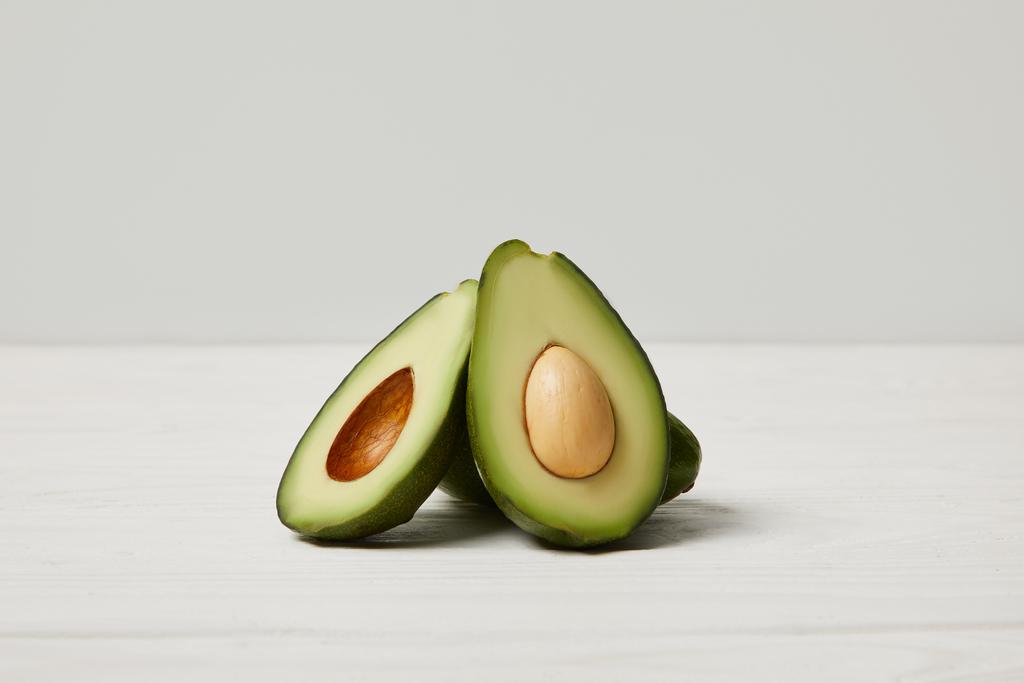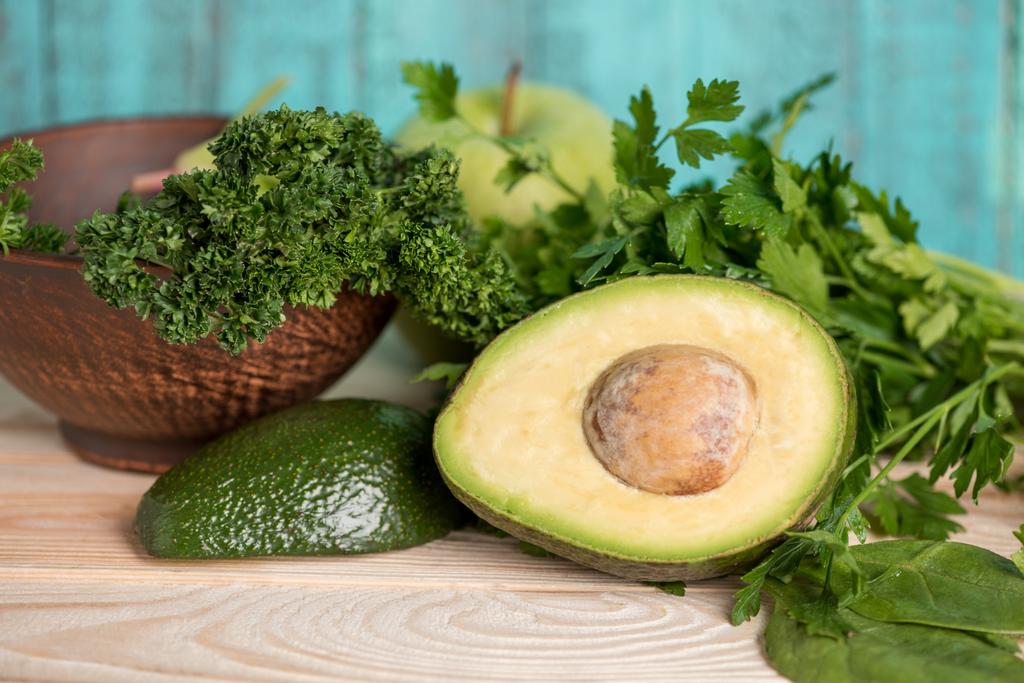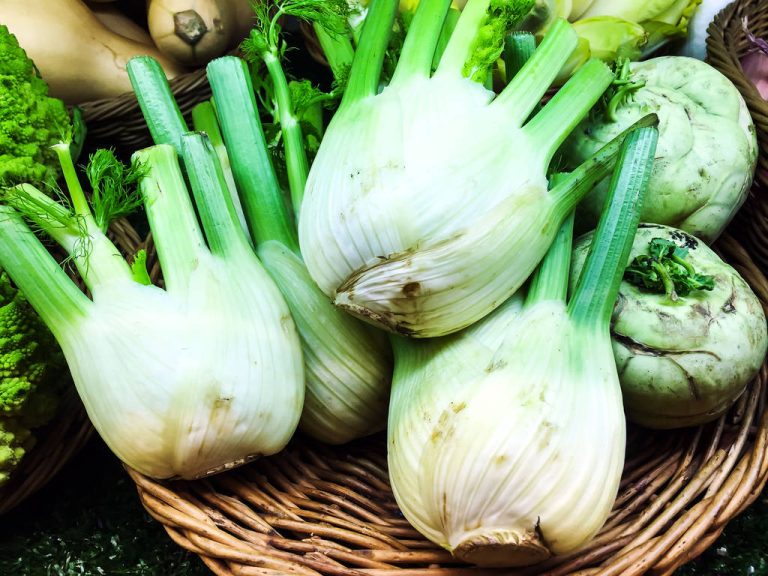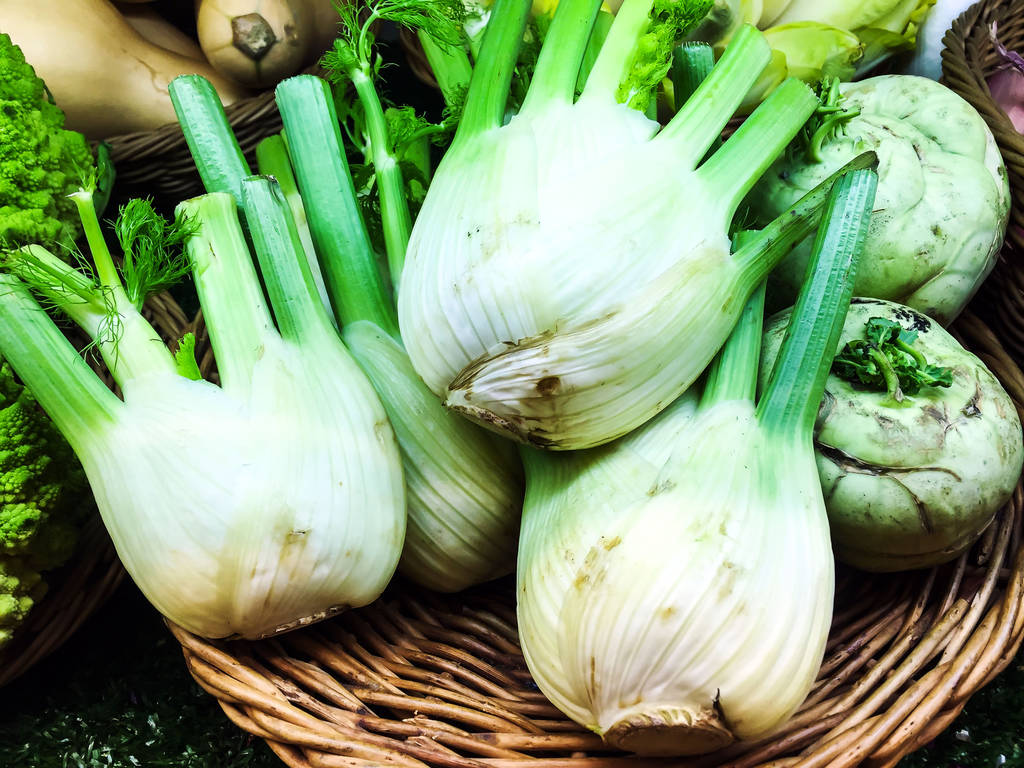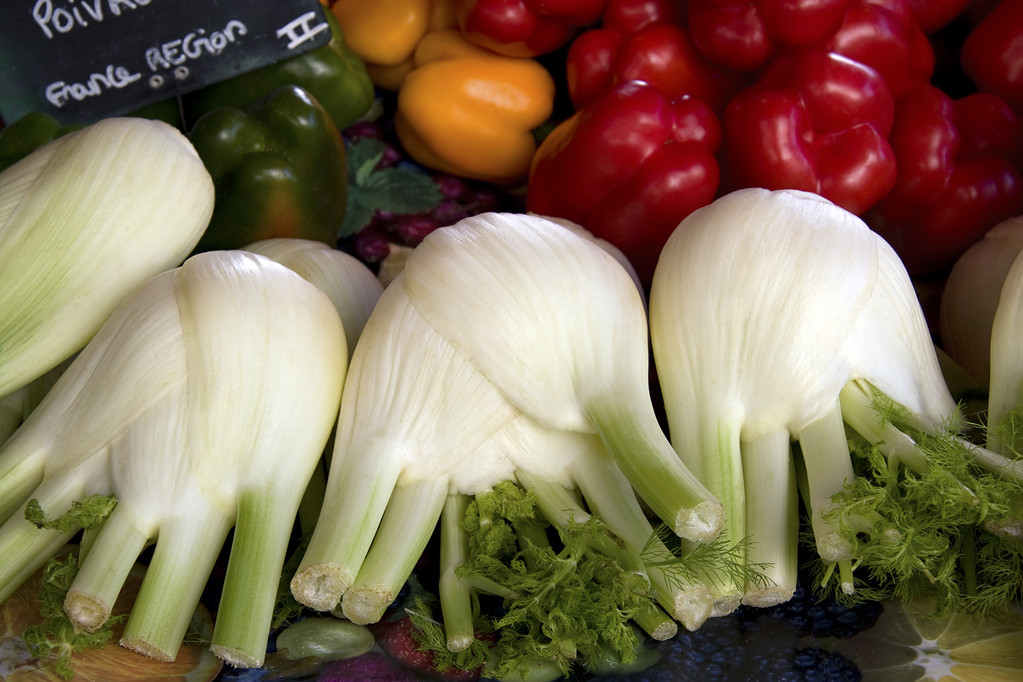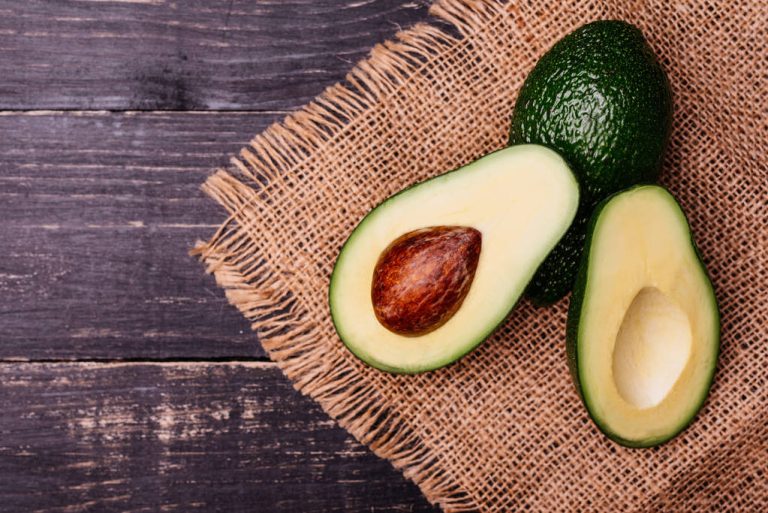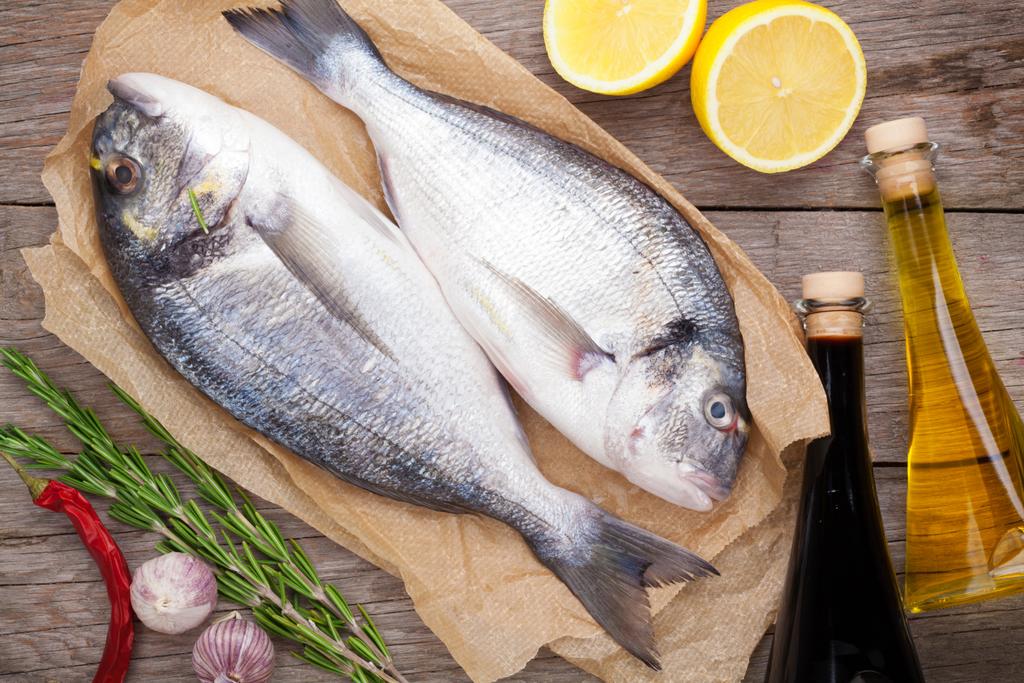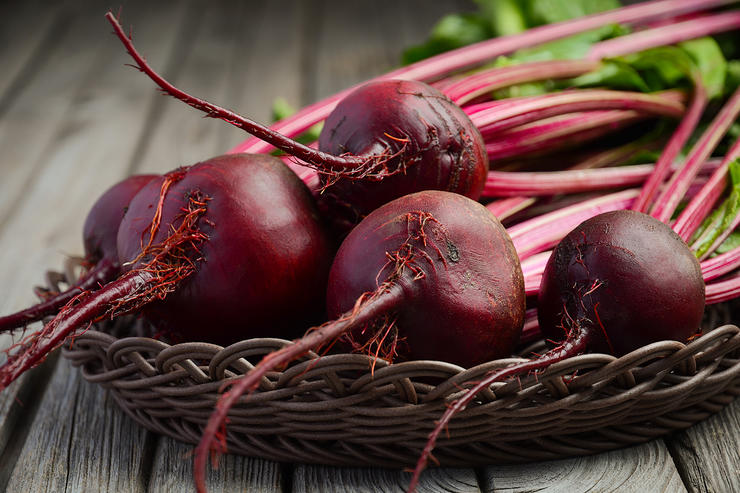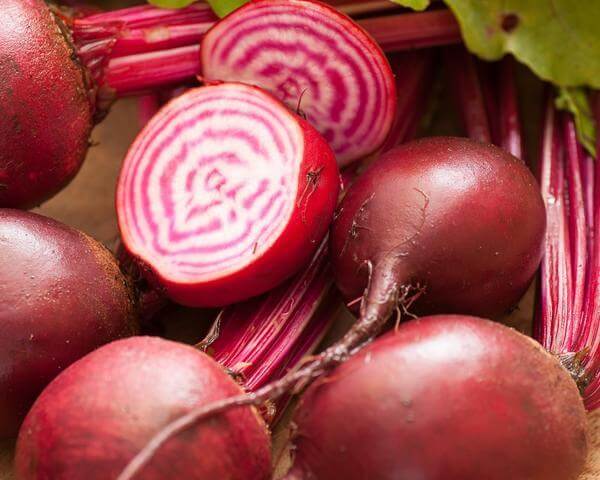Eating celery raw has many health benefits. We’ll tell you why and what else you should know about the healthy plant.
Celery belongs to the umbelliferae and originally comes from the Mediterranean region. The wild form did not yet have a tuber or stalk, but the leaves of the plant were already being used in ancient times. In the meantime, around 30 different varieties have been bred. The most common are:
celery root
celery stalks or stalks (white celery)
celery leaves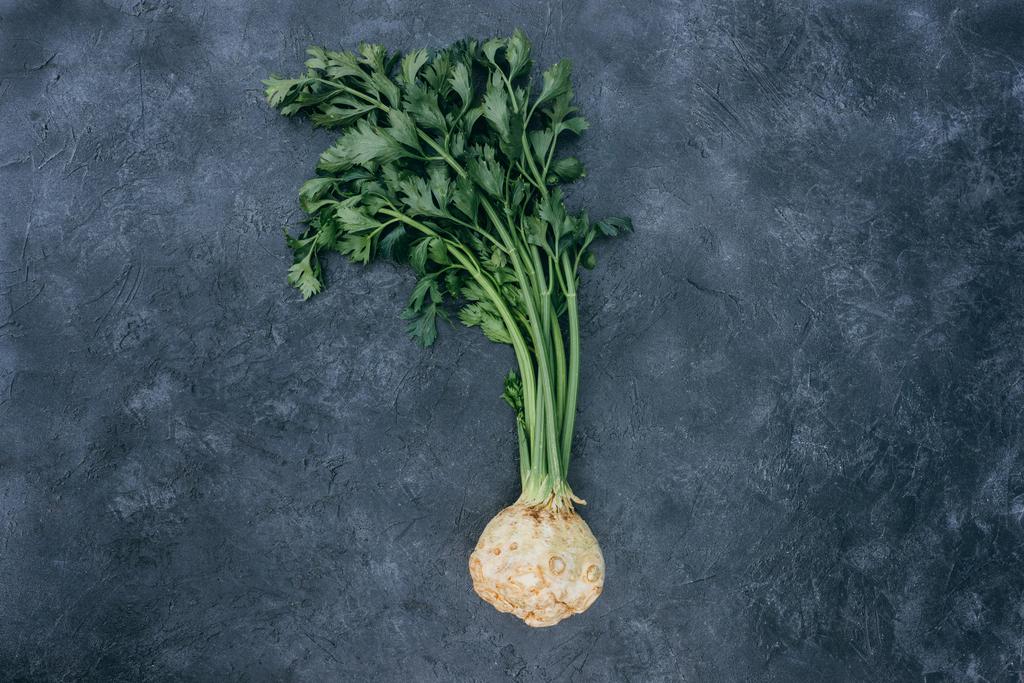
Important nutrients in celery
Celery has a long tradition, particularly as a soup vegetable. However, the plant can do much more than flavor our soup. The tuber, stem, leaves and seeds contain many healthy nutrients. The most important include:
Antioxidant Flavonoids
essential oils
Vitamins A, C, K, D, B1, B2, B6
Potassium, calcium, sodium, magnesium, folic acid and iron.
Why you should eat a lot of celery
Already in ancient Egypt, celery with its numerous ingredients was recognized as a medicinal plant and used, for example, against gout, rheumatism, digestive problems, inflammation and depression.
In traditional Chinese medicine, celery is still used today, among other things, as a remedy for high blood pressure and in Ayuvedic medicine, for example, against dementia.
Studies have shown that celery can actually be so beneficial to health. The anti-inflammatory ingredients and antioxidants also benefit the cardiovascular and immune systems, and the apigenin found in celery may even prevent and treat cancer.
Due to the high potassium content, the plant has a detoxifying effect and can help with bladder and kidney problems.
Celery also contains a lot of fiber and is very low in calories, which is why the vegetable is also popular for weight loss.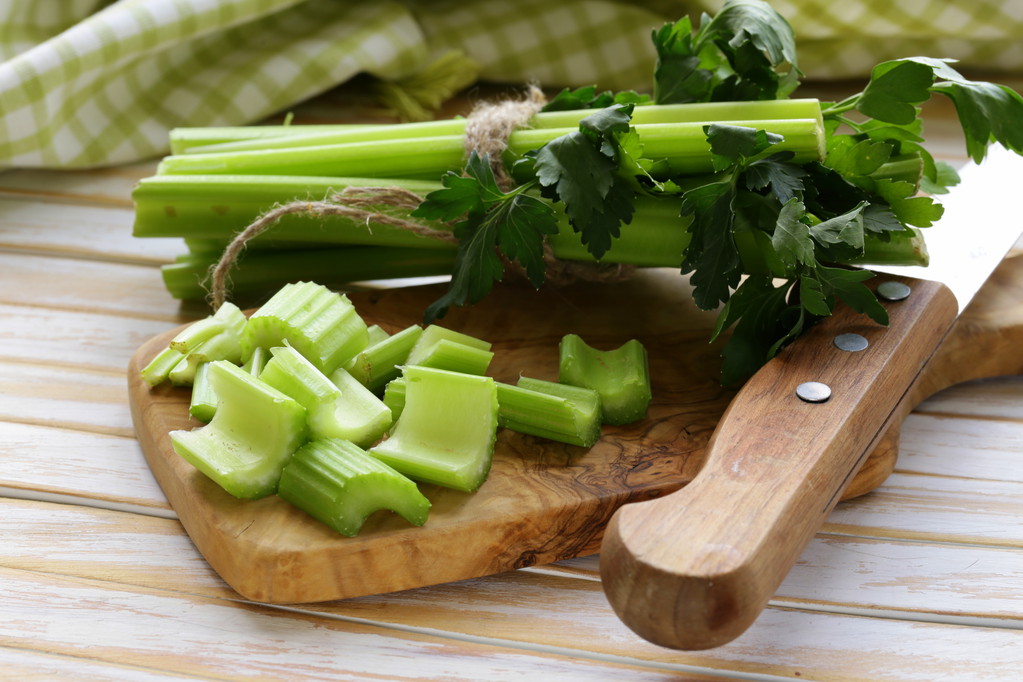
Eat celery raw – that’s why it’s worth it
It is therefore worth adding celery to your diet regularly. The tuber, stalks and leaves can be steamed, baked, fried or boiled. However, you should bear in mind when preparing it that many of the valuable ingredients are lost when it is heated. Up to 41 percent of heat-sensitive vitamins and minerals can volatilize.
In order to be able to absorb all nutrients, it is therefore healthiest to eat celery raw. Peeled celery sticks are best for this. For example, raw celery tastes delicious in salads, as a snack between meals or with delicious dips.
A freshly prepared juice is also a delicious way to eat celery raw. It helps to detoxify the body, balances the water balance and brings new energy and electrolytes after exercise or a hard day.
Thanks to the high magnesium content, the juice also has a calming effect on the nervous system and can help you fall asleep.

